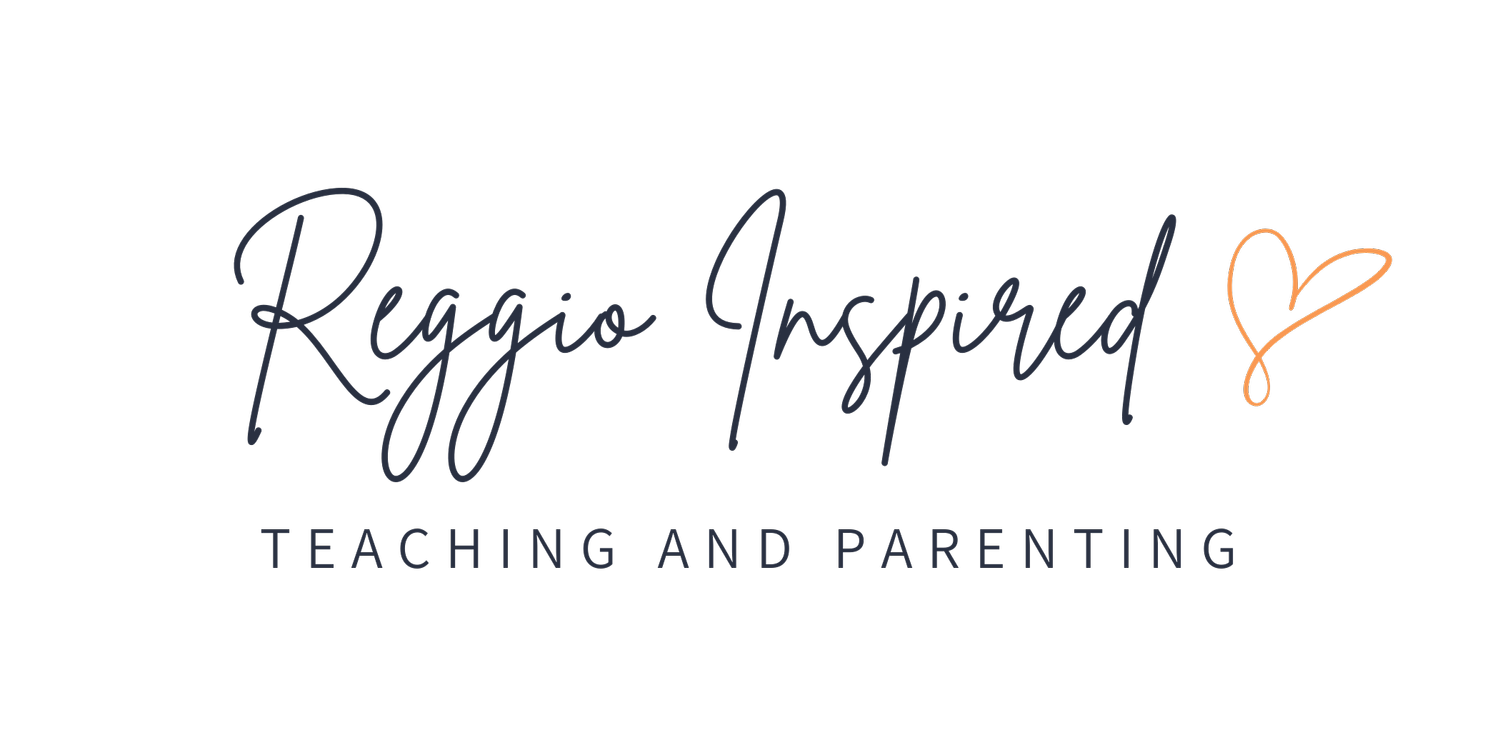How-to-Guide: Reggio-Inspired Documentation
A central feature of the Reggio Emilia approach is extensive documentation through observation, reflection, and analysis by teachers of children’s development and behavior. Documentation records the experiences of children in the classroom. It makes children’s learning visible and encourages them to become central to their own learning. Documenting children’s learning processes within a learning group helps to make learning evident and shapes the learning that takes place.
In our Reggio-Inspired courses and book, we dive further into documentation and offer ideas on how to document learning in your classroom. Here’s some ideas to kickstart your documentation endeavors.
Teachers usually start a long-term project with a research question and the question is displayed in the classroom or school.
What can be put on a documentation board?
Pictures
Quotes from children
Quotes and excerpts from textbooks and professional articles
Children’s artwork
Children’s writing
Descriptions and explanations of the project (always attempting to answer the initial research question)
Teachers’ reflections on their own learning and wonderings
When gathering these data on the research question, different media can be used including pictures, videos, voice recordings, anecdotal notes, transcribed conversations, etc.
Examples of Documentation
Documentation: New Horizons Preschool, Australia
Documentation: New Horizons Preschool, Australia
Documentation: New Horizons Preschool, Australia
LEARNING STORIES
Another type of documentation is called Learning Stories. These are daily, child-specific observations related to individual children’s learning goals.
Here’s an example of a how to write a learning story. In New Zealand, Learning Stories (LS) are a form of assessment from the Te Whariki early childhood curriculum created by Margaret Carr and Wendy Lee. We have discovered that LS are a powerful tool to develop relationships with children and their families. They allow families to be a part of the documentation and assessment process.
Curious to learn more on how to document learning and create documentation panels?
Explore our Reggio-Inspired courses and Reggio-Inspired Teacher Playbook to enhance your grasp of the Reggio philosophy and gain practical insights on how to implement this philosophy in your classroom.
About the Authors:
Megan Haynes and Priscilla Patti are two highly experienced and qualified early childhood educators who are passionate about teaching in a Reggio-Inspired way. They firmly believe in its transformative power in early childhood education.The authors share firsthand accounts of their experiences utilizing the Reggio Emilia Approach in Fort Collins, Colorado.

